Buy/Drive/Burn: Japanese Trucks From 1972

Buy/Drive/Burn doesn’t talk trucks very often, but today’s an exception. Today’s trio are from the very inception of Japanese compact truck offerings in North America. They mostly rusted away long ago, but perhaps you remember them fondly.
Right now, it’s 1972. Let’s go.
Mazda B1600
Mazda’s B-series truck (sometimes called Proceed) was in its second generation for the long span between 1965 and 1977. It greeted U.S. customers for the first time in 1972, when the B1600 joined a handful of small passenger cars at Mazda dealers. Equipped for its first year with a 1.6-liter inline-four, the B1600 made 95 horsepower. In 1974 Mazda confused Americans by adding the Rotary Pickup to its range, a move which made no sense then or today. The B1600 was succeeded by the larger engine of the B1800 for 1975 in the United States. Mazda offered Canadians the B1800 starting in 1970.
Toyota Hilux
In 1972, Toyota was still selling the first-generation Hilux in North America. Those first Hiluxes were developed and manufactured by Hino. Entering production in spring of 1968, the model was introduced to America for 1969. Bed sizes were limited to the short-wheelbase version for the first few years, with the long-wheelbase added for ’72. Engines gradually increased in power as Toyota realized what American consumers wanted. The initial 1.9-liter four was replaced in 1970 by a 1.9L with overhead cams. For 1972 this engine was swapped for the 2.0-liter 18R, which made 109 horsepower. 1973 brought the second generation Hilux, which was immediately redesigned in 1975 to be larger and more like what Americans desired. Then it changed its name to Truck.
Datsun 521
Datsun beat Toyota and Mazda to market with a compact truck, marketing its 520 in America in 1968. The original 520 entered production in 1965 for the ’66 model year before being upgraded to the 521 in 1969. The revised version had a flattened hood, fenders, and a new grille. Fender emblems indicated the engine size, ultimately resulting in the Datsun 1600 for 1971 and 1972. It carried a 1.6-liter inline-four of 96 horsepower. 521 was replaced for the 1973 model year by the 620.
Three pickups with little power and little rust resistance. Which one was worth a Buy in 1972?
[Images: Toyota, Nissan Heritage Collection, Mazda]

Interested in lots of cars and their various historical contexts. Started writing articles for TTAC in late 2016, when my first posts were QOTDs. From there I started a few new series like Rare Rides, Buy/Drive/Burn, Abandoned History, and most recently Rare Rides Icons. Operating from a home base in Cincinnati, Ohio, a relative auto journalist dead zone. Many of my articles are prompted by something I'll see on social media that sparks my interest and causes me to research. Finding articles and information from the early days of the internet and beyond that covers the little details lost to time: trim packages, color and wheel choices, interior fabrics. Beyond those, I'm fascinated by automotive industry experiments, both failures and successes. Lately I've taken an interest in AI, and generating "what if" type images for car models long dead. Reincarnating a modern Toyota Paseo, Lincoln Mark IX, or Isuzu Trooper through a text prompt is fun. Fun to post them on Twitter too, and watch people overreact. To that end, the social media I use most is Twitter, @CoreyLewis86. I also contribute pieces for Forbes Wheels and Forbes Home.
More by Corey Lewis
Latest Car Reviews
Read moreLatest Product Reviews
Read moreRecent Comments
- Eliyahu Toyota has looked at the state of the world and decided that hybrids are the best fit for currently achieving environmental and regulatory goals. Their hybrid production is now across many of their models. Honda is following suit. They will both likely also produce some electric vehicles. The best path forward is likely higher fuel taxes, with some tax credit offsets for the lower tax brackets. This would encourage a move toward more fuel efficient vehicles. The US big 3 auto makers are the ones with the most to lose here-they are the late adapters-coasting on trucks.
- 28-Cars-Later Used Teslas are getting very cheap, but buying one can be risky - Ars Technica Teslas are very connected cars, and many of their convenience features are accessed via smartphone apps. But that requires that Tesla's database shows you as the car's owner, and there are plenty of reports online that transferring ownership from Hertz can take time.Unfortunately, this also leaves the car stuck in Chill driving mode (which restricts power, acceleration, and top speed) and places some car settings outside of the new owner's level of access. You also won't be able to use Tesla Superchargers while the car still shows up as belonging to Hertz. Based on forum reports, contacting Tesla directly is the way to resolve this, but it can take several days to process; longer if there's a paperwork mismatch.Once you've transferred ownership to Tesla's satisfaction, it's time to do a software reset on the car to remove the fleet version.So apparently the state maintains title but so does Tesla in a way, and they cripple some features until they feel satisfied in unlocking them to you. How long till they brick it by satellite because, reasons? But yes, rah! rah! BEV! - its not a tool of tyranny at all, honest. Edit: Comment from the Ars forum: Happy MediumArs Tribunus Militum 19y When I got to the section that stated that THE CAR WILL BE FUNCTIONALLY CRIPPLED unless you get Tesla's acceptance of you buying the car, I got incredibly infuriated. How in the hell is this going to work going forwards? Is Tesla literally going to be approving every single resale of its cars from now until the car is totaled? Jeezus, connected is one thing, but having final ownership authority in the hands of the manufacturer and not the seller/purchaser seems horrible. 28's thoughts to Happy Medium.
- Tane94 Subie has a cult-like devotion to its products, so it can do no wrong by being a late adopter in offering EVs. Mazda has rebranded itself from zoom zoom to affordable near luxury, with success. Toyota is most vulnerable to losing sales from not having EVs. The hybrid early adopters who made Prius their high-visibility flag bearer now have to look to another brand for a distinctive EV to righteously show themselves off.
- Jrhurren The EV haters would keep complaining until prices hit $0, at which point they would proceed to complain some more.
- Kwik_Shift_Pro4X Remember the Mitsubishi Pajero? 😆





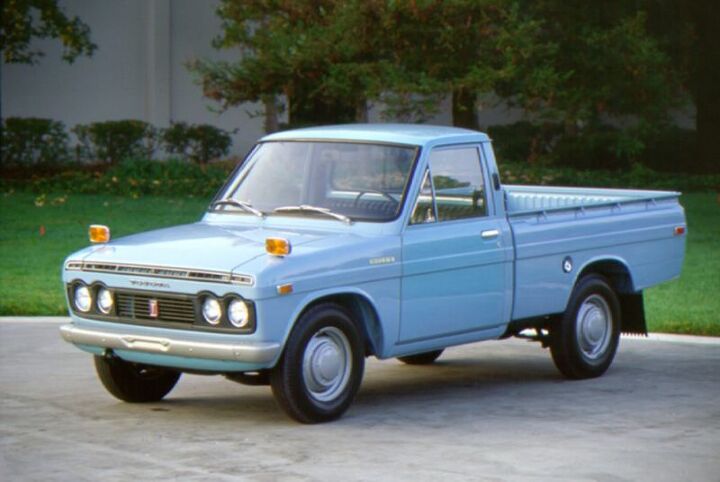
















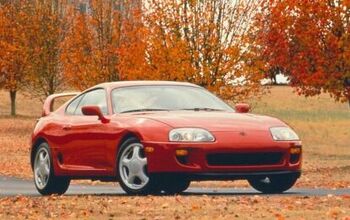
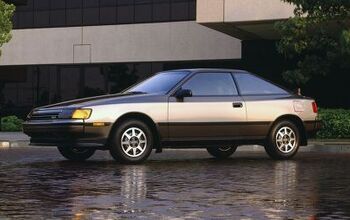
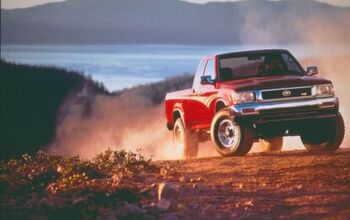
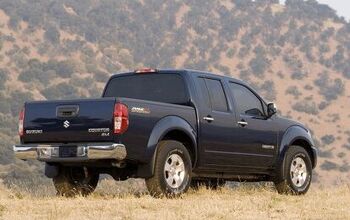
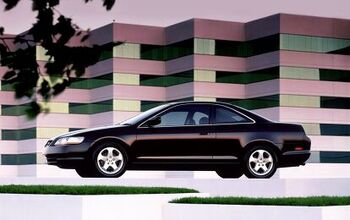



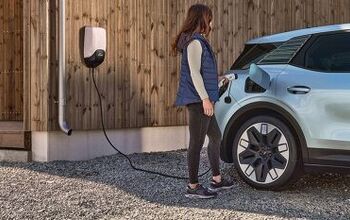






Comments
Join the conversation
miserable little S#!+boxes...all of em'
Buy! I bought a 16 year old Nissan 720 for $400 out of college in 2000, when I had about $600 to my name. The truck had 185k miles on it when I purchased it, and the lady I bought it from said she wouldn't drive it outside of town due to the high mileage. The thing leaked oil, but I sold it to a gardener 3 years later with 30k more miles on the odometer for $400. It was a perfect flat broke and fresh out of college car, even if it did need a new alternator a year before I sold it. I've long wished we still had a few compact pickups on the market that drive like shit, accelerate like a sloth, cost little, and run forever. Selfishly, it would be great to have a cheap motorcycle mover. Selflessly, it would be nice to have cheap transportation for the many that need it.